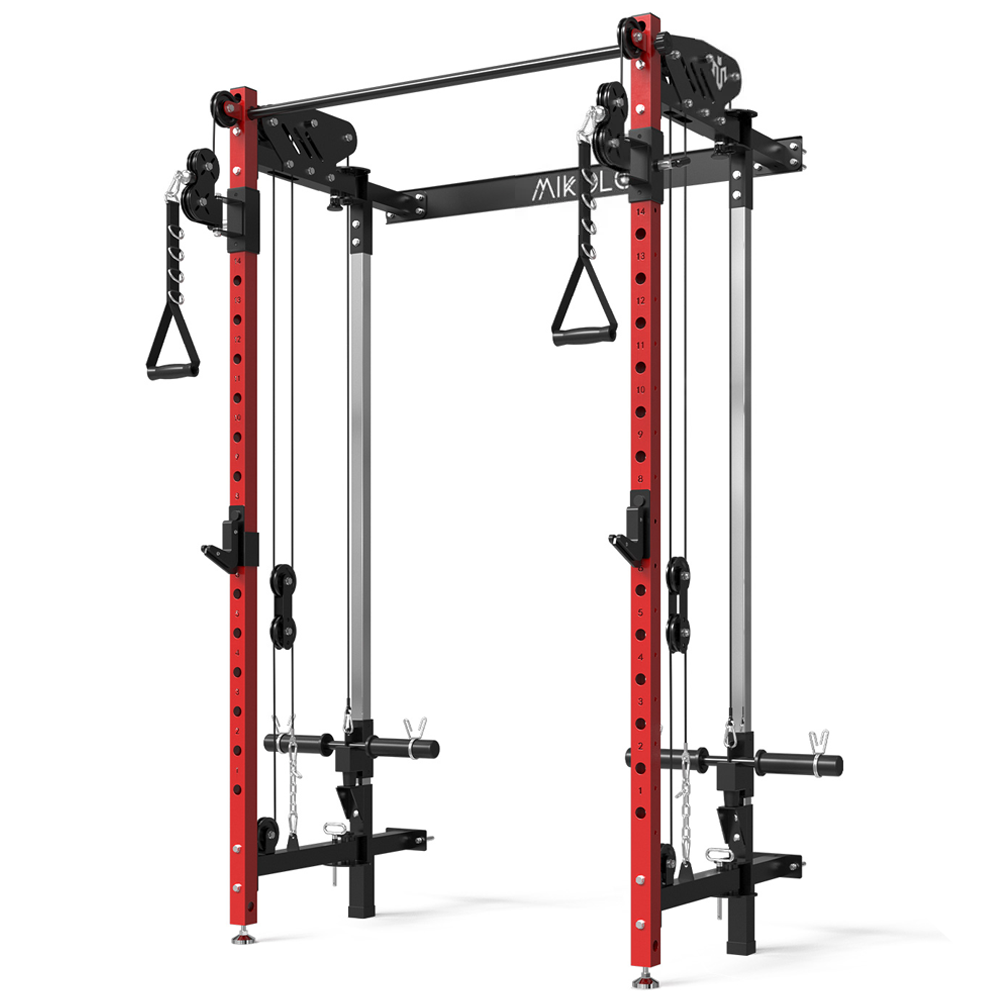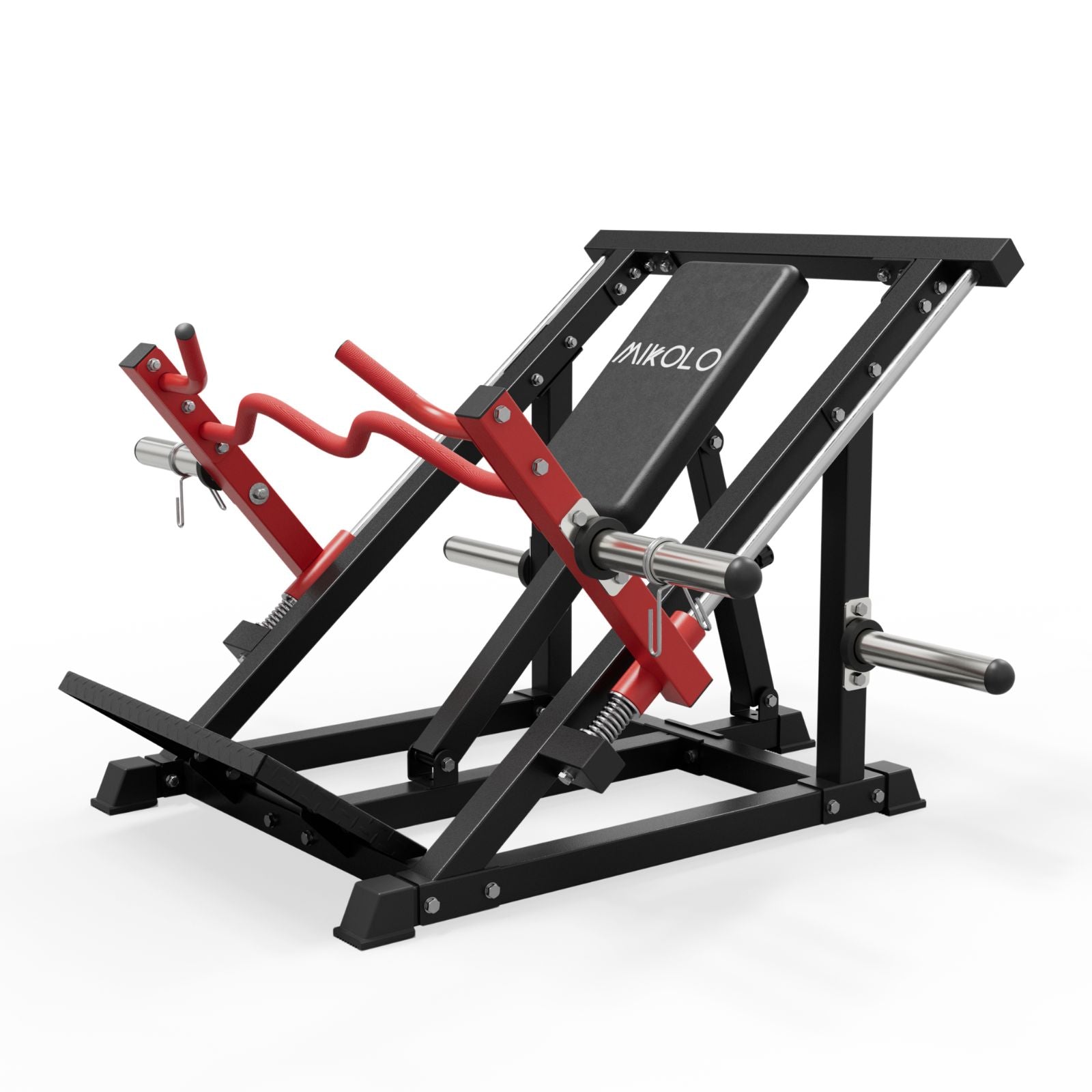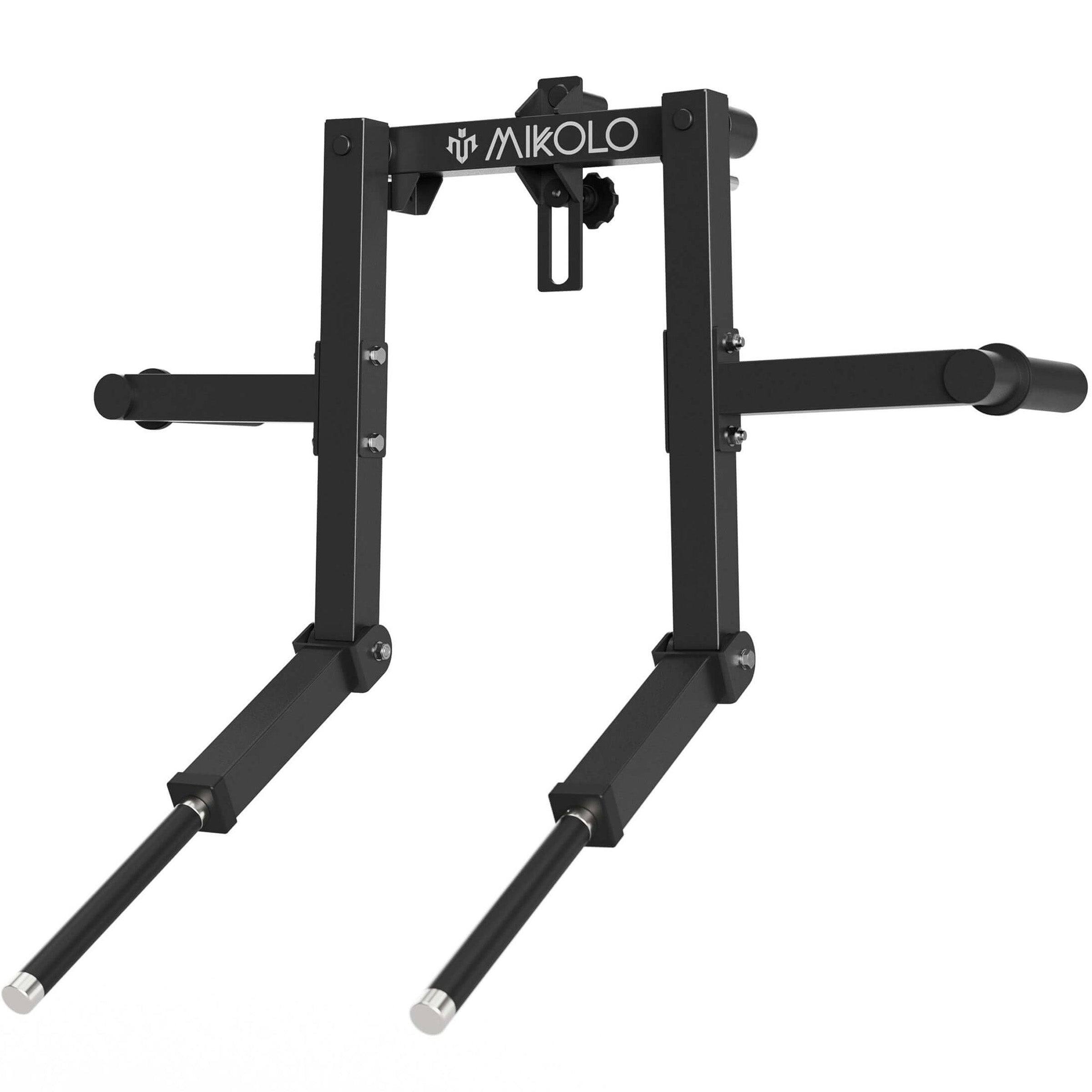When people think about dieting, the first thing that often comes to mind is weight loss. But the word "diet" simply refers to what you eat every day — and not all diets are created with the same purpose. Diets can be classified in many ways, depending on goals, health conditions, cultural practices, or nutritional philosophies. Knowing the classification of diet helps you make informed choices that align with your health goals and lifestyle.
1. By Nutritional Purpose
a. Therapeutic Diets
These diets are prescribed to treat or manage specific medical conditions. Examples include:
-
Low-sodium diet for hypertension
-
Diabetic diet for blood sugar control
-
Gluten-free diet for celiac disease
These are not trends — they are essential to health maintenance and often supervised by healthcare providers.
b. Maintenance Diets
Designed for individuals who want to sustain their current weight and health status. These focus on balance, moderation, and portion control without significant restrictions.
c. Weight Control Diets
These include:
-
Calorie-restricted diets for weight loss
-
High-protein diets for fat loss and muscle preservation
-
Intermittent fasting for metabolic flexibility
Each of these strategies may suit different lifestyles and body types.
2. By Macronutrient Composition
a. Low-Carbohydrate Diets
These prioritize protein and fat, often used to manage insulin sensitivity and promote fat burning. Examples:
-
Keto
-
Atkins
-
Paleo
b. High-Carbohydrate Diets
Often preferred by endurance athletes or individuals following plant-based regimens. These diets are rich in grains, fruits, and vegetables.
c. Balanced Macronutrient Diets
These aim for a rough distribution of 40-50% carbs, 20-30% protein, and 20-30% fat — often referred to as the “zone” or “clean eating” approach.
3. By Source and Ethics
a. Omnivorous Diet
Includes both animal and plant-based foods. Most common around the world.
b. Vegetarian Diet
Excludes meat, but may include dairy and eggs.
c. Vegan Diet
Excludes all animal products, including honey and gelatin. Adopted for ethical, environmental, or health reasons.
d. Flexitarian or Semi-Vegetarian
Primarily plant-based with occasional animal protein consumption. It’s a practical bridge between ethics and flexibility.
4. By Cultural or Religious Practice
Food choices are often deeply tied to tradition and belief systems. Examples include:
-
Kosher diet (Judaism)
-
Halal diet (Islam)
-
Ayurvedic diet (India)
-
Macrobiotic diet (Eastern philosophy and balance)
These diets not only reflect nutritional practice but also identity and spiritual values.
5. By Performance and Athletic Goals
Athletes and active individuals may follow diets tailored to performance:
-
Carb-loading diets for endurance
-
Cutting diets for bodybuilding
-
Recovery-focused diets with emphasis on anti-inflammatory foods
These plans are often cycled based on training season or competition schedule.
Personal Reflection
In my early years as a coach, I tried nearly every style — keto, vegan, macro-tracking, even raw food — mostly out of curiosity and a desire to guide others from experience. What I learned was this: no one diet fits all. I’ve worked with clients thriving on high-carb, plant-based meals, and others who found clarity and energy on a fat-forward ketogenic plan. The best “diet” is one that nourishes both your body and your relationship with food — and that can only be found through education and experimentation.
Final Thoughts
Understanding the classification of diet isn’t about labeling what’s good or bad — it’s about recognizing that each eating approach has a purpose. Whether you’re choosing a diet for medical reasons, lifestyle preferences, or physical goals, the key is to listen to your body, seek credible guidance, and commit to sustainability over quick fixes.










































Leave a comment
This site is protected by hCaptcha and the hCaptcha Privacy Policy and Terms of Service apply.